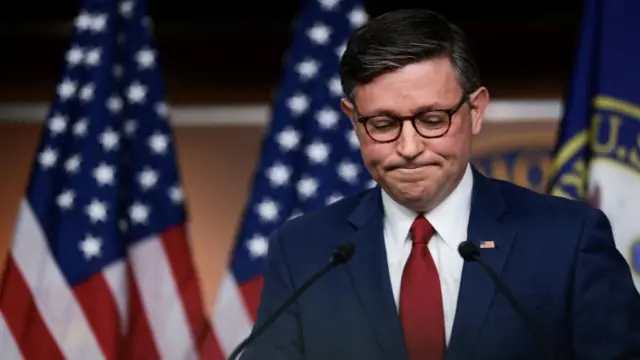The House is officially backpublished at 21:11 GMT 12 November
 Ana Faguy
Ana Faguy
Reporting from Capitol Hill
It’s official.
For the first time since 19 September or for the first time in 54 days, the House is officially in session.
This means, the vote to reopen the government is inching closer.
You can Watch live by clicking on the link above.






